MINISTRY OF EDUCATION AND SCIENCE OF UKRAINE
Kyiv National Linguistic University
Interpreter's/Translator's Department
PROJECT WORK
STEVE JOBS AND THE HISTORY OF APPLE INC.
Kyiv - 2018
- --
Steve Jobs: early years............................................................4
- -- Creation of the Apple Inc........................................................7
- -- Achievements of Apple Inc......................................................11
- -- Final years and death..............................................................19
- -- Creation of the Apple Inc........................................................7
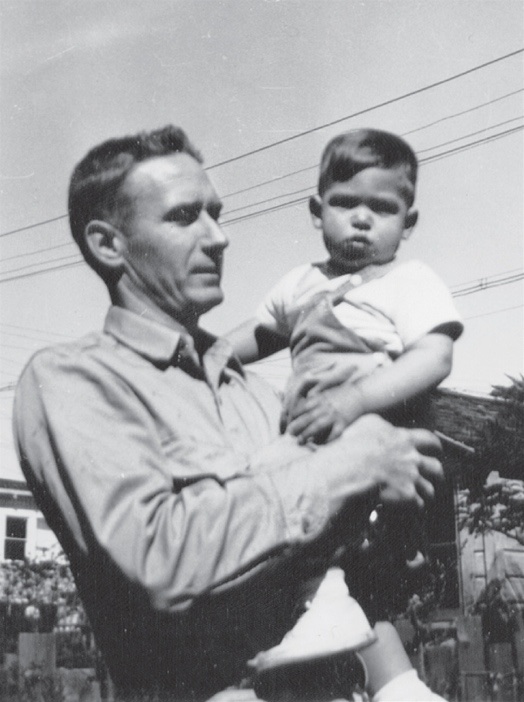
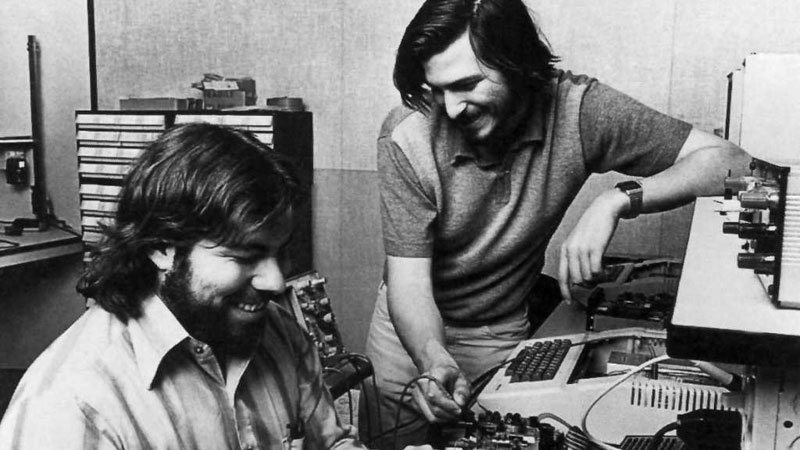
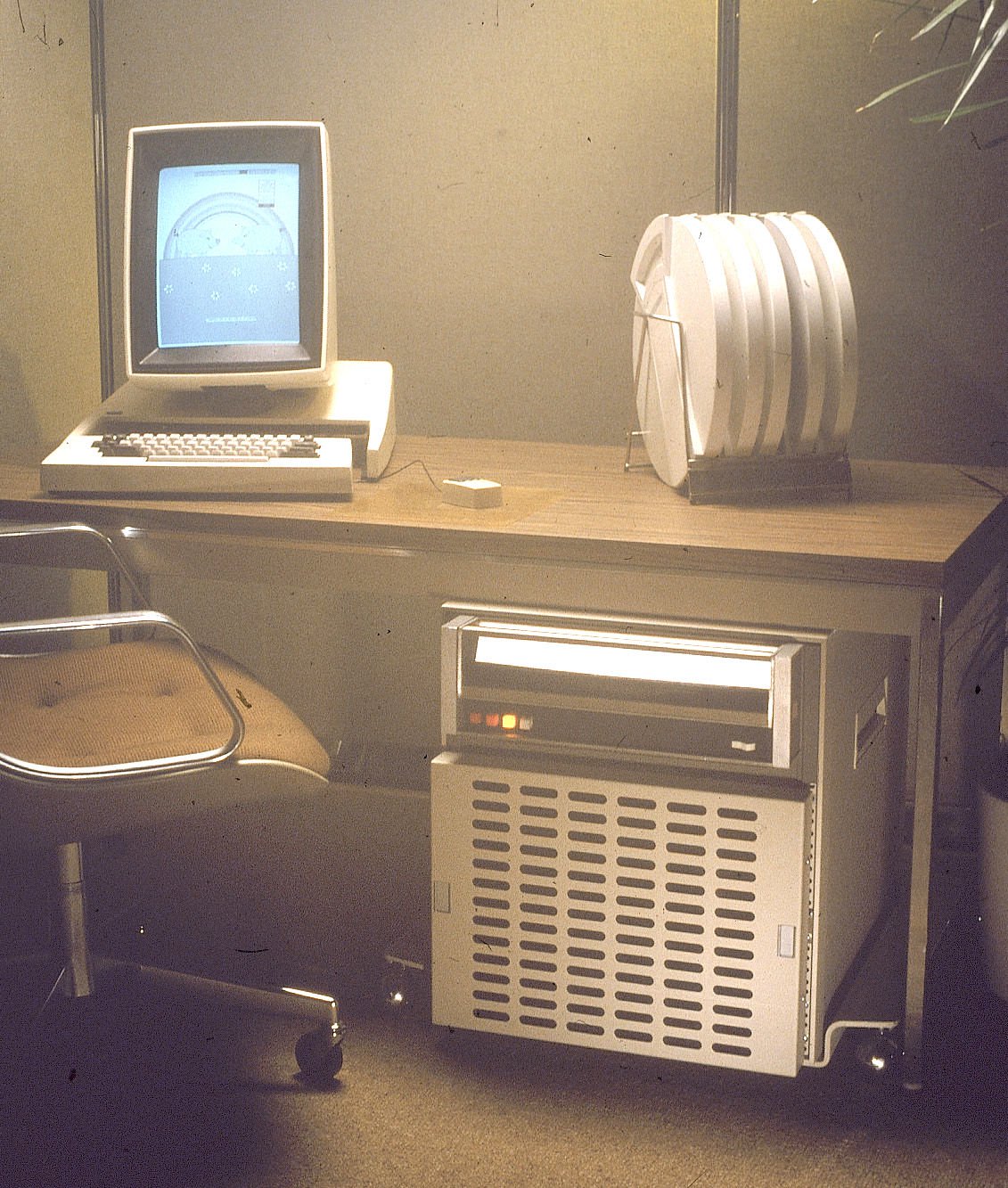

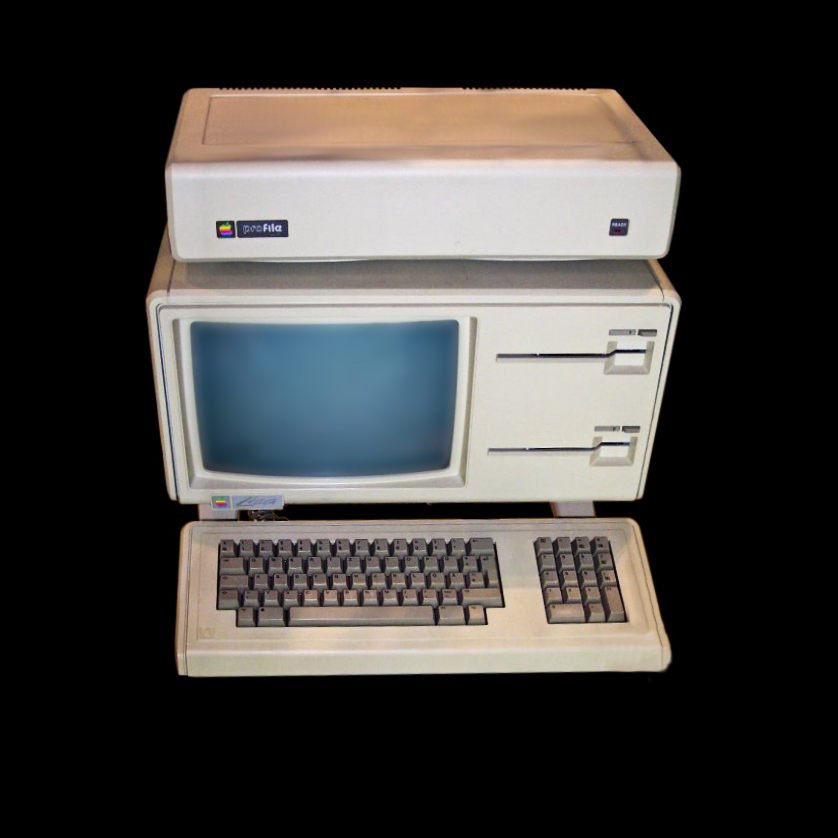

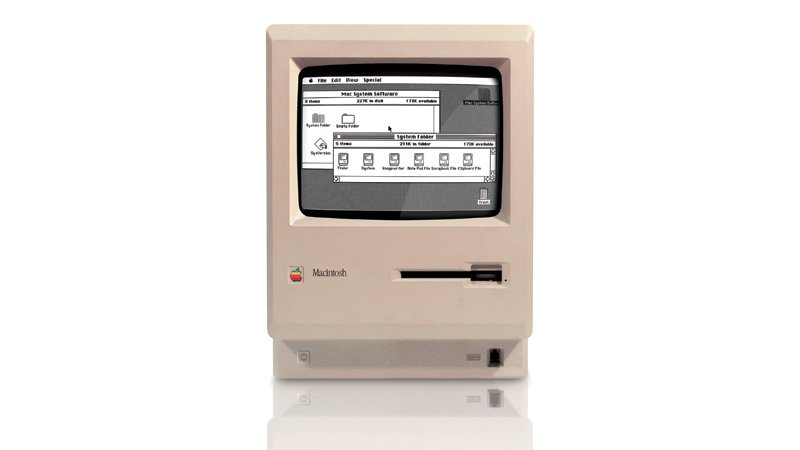
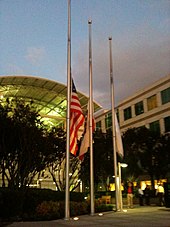
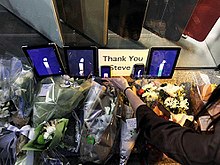
THE LITERATURE USED
- --
Brashares, Ann. Steve Jobs: Think Different. Brookfield, CT: Twenty-first Century Books, 2001.
- -- Butcher, Lee. Accidental Millionaire: The Rise and Fall of Steven Jobs at Apple Computer. New York: Paragon House, 1987.
- -- Wilson, Suzan. Steve Jobs: Wizard of Apple Computer. Berkeley Heights, NJ: Enslow, 2001
- -- Young, Jeffrey S. Steve Jobs: The Journey is the Reward. Glenview, IL: Scott, Foresman, 1988.
- -- https://www.rollingstone.com/culture/culture-news/the-birth-of-the-mac-rolling-stones-1984-feature-on-steve-jobs-and-his-whiz-kids-243516/?print=true
- -- https://www.thedailybeast.com/steve-jobs-1984-access-magazine-interview
- -- Butcher, Lee. Accidental Millionaire: The Rise and Fall of Steven Jobs at Apple Computer. New York: Paragon House, 1987.
ii